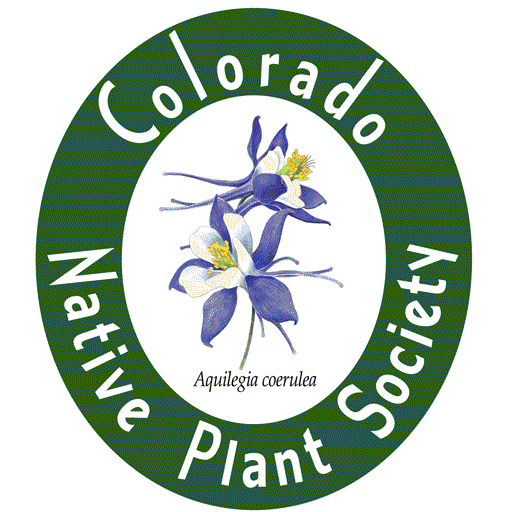


Boulder Chapter
Credits
Webpage content contains excerpts from Weber, William A., 1995. Checklist of Vascular Plants of Boulder County, Colorado. Natural History Inventory of Colorado, No. 16. University of Colorado Museum, Boulder, Colorado.
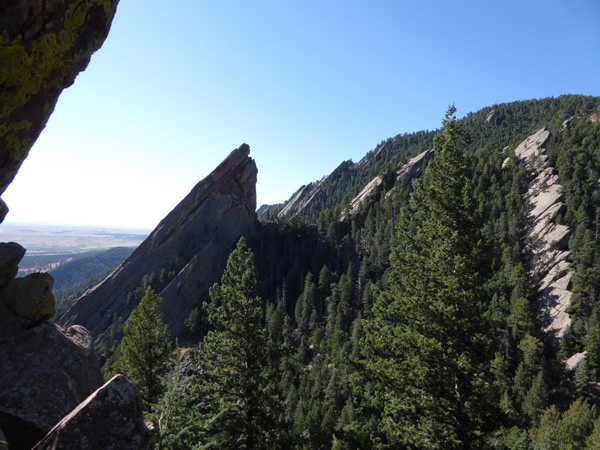
Another rare species, prairie violet (Viola pedatifida) is found in our county’s grasslands and open ponderosa pine forests. Also in the foothills, on rocky or sandy soils, is the rare dwarf leadplant (Amorpha nana). The county’s high-quality wetlands and riparian areas are another prime location for native plants, including the federally threatened Ute ladies’-tresses orchid (Spiranthes diluvialis). Coupling with the incredible floral richness is the diversity of pollinators such as bees and butterflies.
The Denver Chapter webpage has good resources on plant identification.
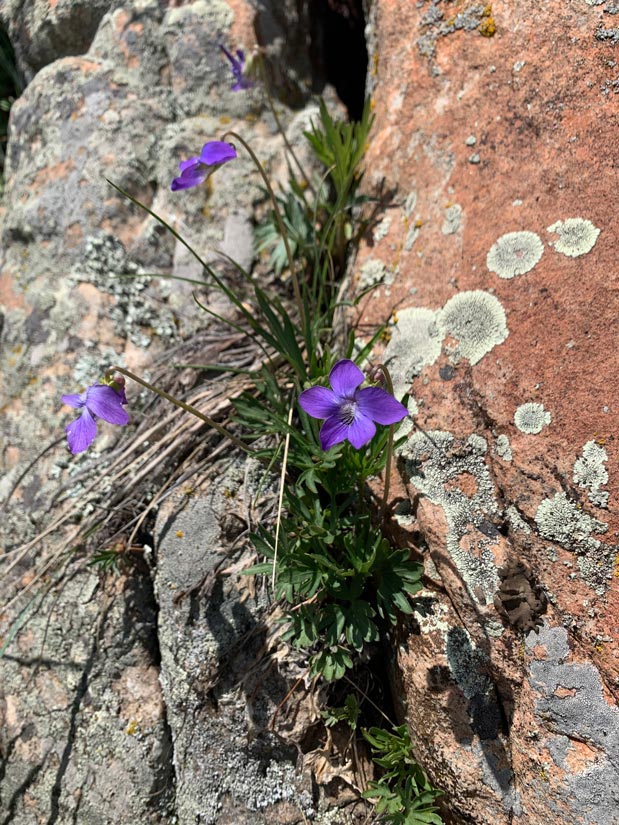
Prairie Violet (Viola pedatifida)
Photo by Anna Theodorakos
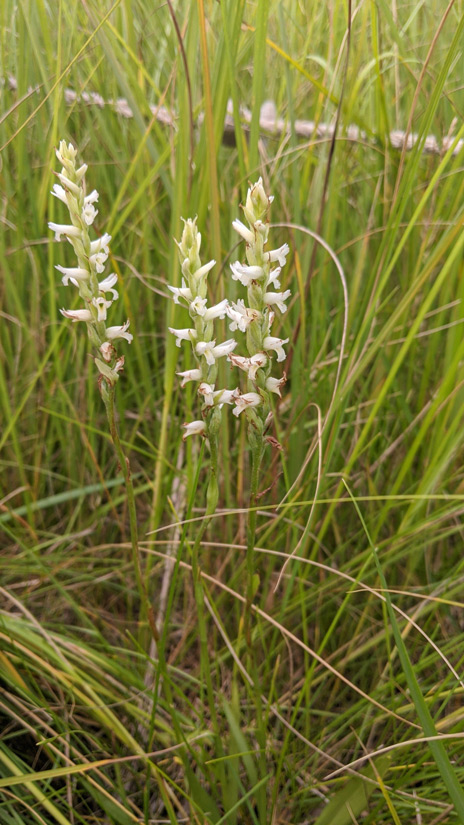
Ute Lady’s Tresses Orchid
(Spiranthes diluvialis)
Photo by Anna Theodorakos
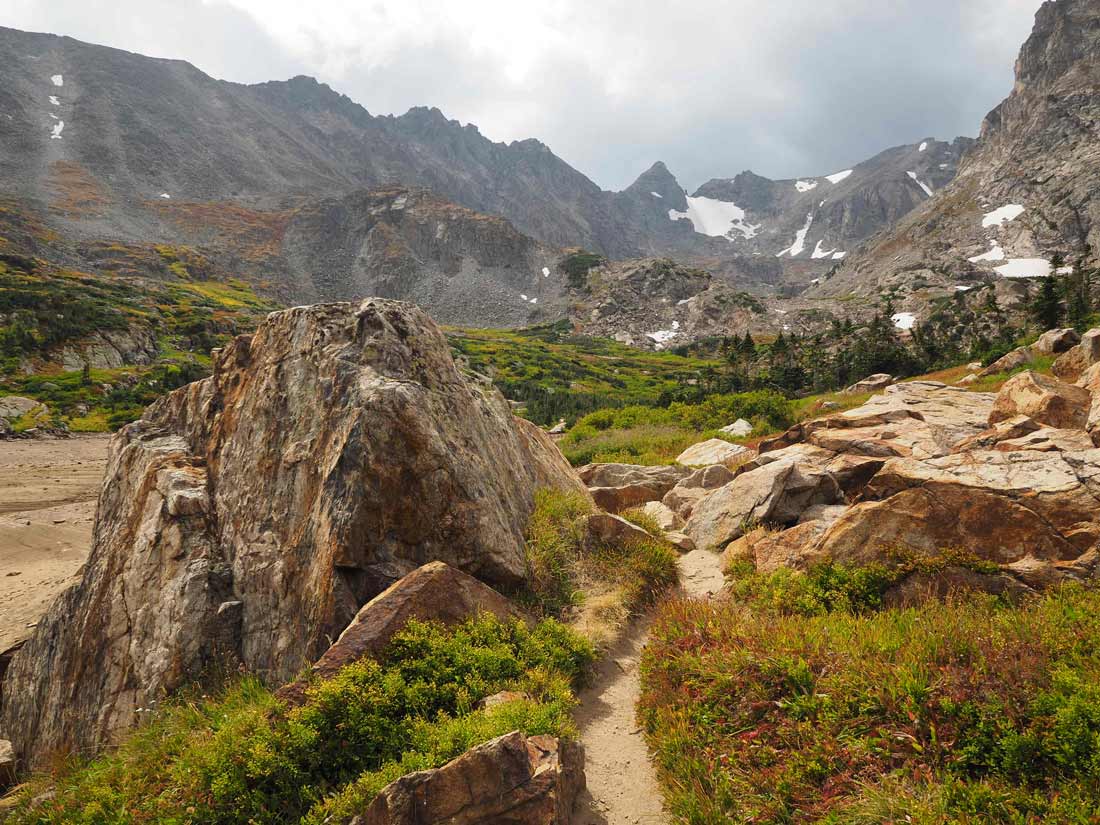
Trail to Isabel Lake, Indian Peaks Wilderness, Arapaho Natl. Forest. Photo by Richard Kiefer
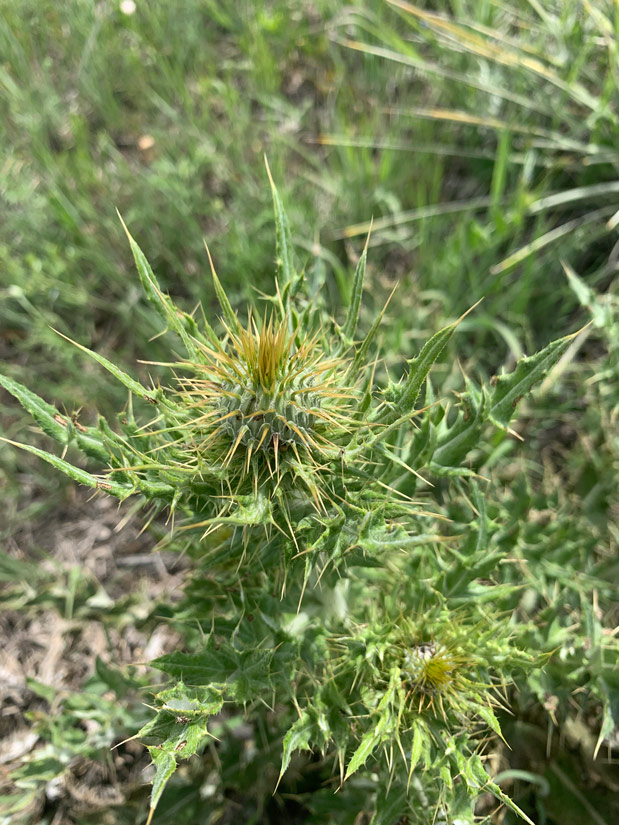
Yellowspine Thistle (Cirsium ochrocentrum)
Photo by Anna Theodorakos

Prairie Violet (Viola pedatifida)
Photo by Anna Theodorakos

Ute’s Ladies Tresses Orchid (Spiranthes diluvialis)
Photo by Anna Theodorakos

Trail to Isabel Lake, Indian Peaks Wilderness, Arapaho Natl. Forest.
Photo by Richard Kiefer

Yellowspine Thistle (Cirsium ochrocentrum)
Photo by Anna Theodorakos
